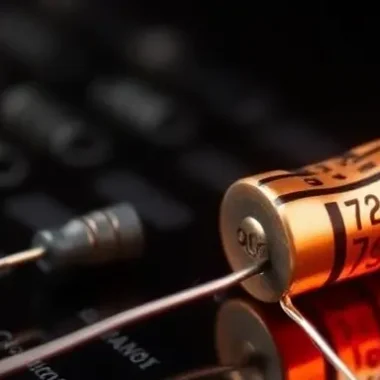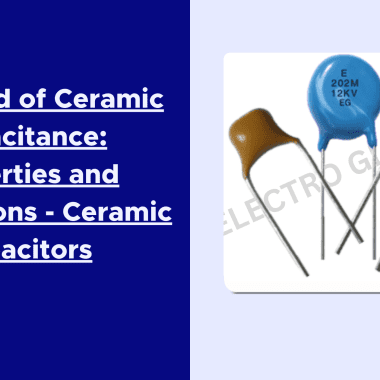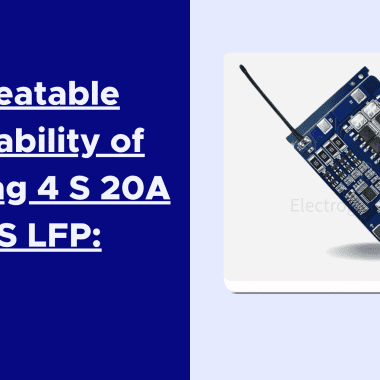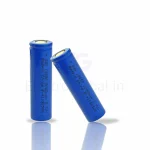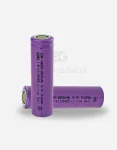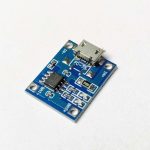Hi and welcome to Electroglobal – the place where you will find everything related to electronics! We are a team of enthusiasts focused on creating a high quality set of tools and knowledge that will help you in your way into the intriguing world of electronics.

Introduction to Capacitors
The capacitor might be one of the most important elements in electronics, yet it’s easy to overlook. In fact a circuit is rarely built without them. As an energy storage unit convertor, it holds an electrical charge and is present in all kinds of electronic architecture. But what is a capacitor, and what are its different types? Here’s how to use a capacitor in your next electronics project, and how to make it more energy efficient.
Types of Capacitors
Capacitors come in different shapes and sizes and have different properties. We will introduce two commonly used types: the electrolytic capacitor and the ceramic capacitor.
Electrolytic Capacitors
One of those types is the widely used electrolytic capacitor. The dielectric is an electrolyte, one of the two electrodes you have just learned about is the cathode of the electrolyte, and the anode of it is the second electrode. Such a capacitor is polarised, which means you have a positive and a negative terminal. Compared with the other types, the special property of electrolytic capacitors is the possibility of getting large capacitance values in one material, due to its dielectric being an electrolyte (which has high dielectric constant). Because of this, electrolytic capacitors are often used in electronic circuits to filter out unwanted frequencies in a circuit, capacitor coupling between stages, or directly connected to the power supply for filtering. A high capacitance value can be realised due to the high dielectric constant of the electrolyte. Compared with other capacitor types, one thing that needs attention is the property of electrolytic capacitors that they have higher leakage currents and only a limited lifetime.
Ceramic Capacitors
Ceramic capacitors, discrete capacitors made of ceramic material, are stable, reliable and cost effective. Ceramic capacitors are the most common solution for high-frequency applications and for decoupling capacitors to filter noise from the power lines. The ceramic capacitor is available in a multitude of shapes and sizes. Other popular types are the multilayer ceramic capacitors (MLCCs) that can achieve large capacitances in extremely small form factors and remain a standard for surface-mount technology. The advantages of its usage are low equivalent series resistance (ESR) and very good temperature stability.
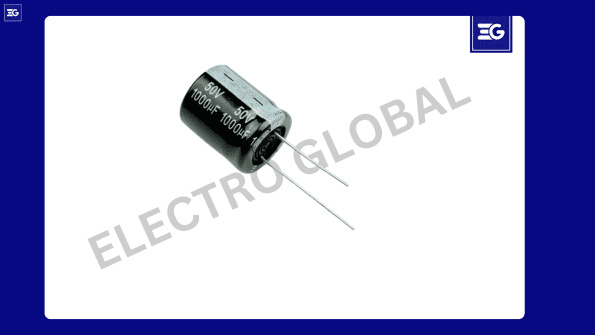
Calculating Capacitance
The capacitance CCC of a parallel plate capacitor can be calculated using the formula:

Example Calculation
If you have a parallel plate capacitor with the following parameters:

So, the capacitance of this parallel plate capacitor would be approximately 177.08 picofarads (pF).
Applications of Parallel Plate Capacitors
Parallel plate capacitors are widely used in various electronic applications, including:
- Energy Storage: These components retain energy and provide it to circuits that are used in power supplies.
- Signal Filtering: This removes interference within communication systems A filter is used to eliminate noises in communication systems.
- Timing Circuits: Mainly utilised in oscillators and timers, these components facilitate the proper control of time-dependent activities.
- Coupling and Decoupling: They describe AC signals and reject DC bias in amplifiers and other analogous circuits.
Capacitor Price
Depending on the type, capacitance value, voltage rating and other quality considerations, the price of a capacitor can run a wide range from a few cents for a typical ceramic cap, to a few dollars for higher-performance electrolytics, to possibly hundreds of dollars for specialty capacitors with ultra-precision, or for specialised industrial applications. Determining actual cost is difficult, since capacitors are inexpensive and their pricing is quite subject to fluctuation, not to mention supply and demand: often it is the cheapest capacitor of sufficient quality that is chosen for the job – or oftentimes, bidding against competing hobbyists or engineers for a desired project will often allow you to get better quality at lower prices.
Advantages of Parallel Plate Capacitors
Parallel plate capacitors offer several advantages, making them a preferred choice in many electronic applications:
- Simplicity: Due to this, there is a simpler manufacturing process and they can be incorporated in circuits in a simpler way.
- Cost-Effectiveness: Owing to their design and general application, they are normally cheaper compared to other types of sliding windows.
- Versatility : These capacitors are always applicable in circuits and can be used for small circuits and even for complex circuits.
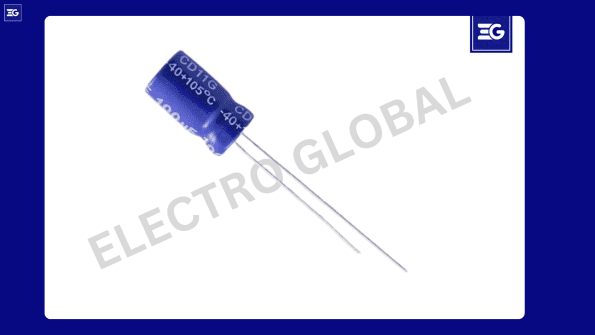
Maximising Efficiency with Parallel Plate Capacitors
To maximise efficiency when using parallel plate capacitors, consider the following tips:
- Optimise Plate Area and Separation: Check that the plates have a large surface or are positioned closely to each other but not too close as to cause problems within the dielectric material.
- Select Appropriate Dielectric: Maximise the surface area of the dielectric material and use a material with a high permittivity to store more energy in the capacitor.
- Maintain Proper Voltage Levels: To ensure that the capacitor is not over-stressed and performs as required when in use, ensure that the voltage rating of the capacitor as specified in the datasheet is not exceeded.
Conclusion
Understanding a parallel plate capacitor’s capacitance is fundamental to comprehending the majority of circuit designs. Human Model Highway System 1 in Hybrid III Investigation and reconstruction of crashes are crucial, and capacitors can be optimised by decreasing a number of cardinal characteristics, such as the size of the plates, the separation between them, and the type of dielectric material utilised. Electro Global is the ideal location for you if you’re searching for some electronic components for your upcoming project or a source for your most recent invention. We invite you to shop for different electronic products and items from around the world at ElectroGlobal (www. electroglobal. in).
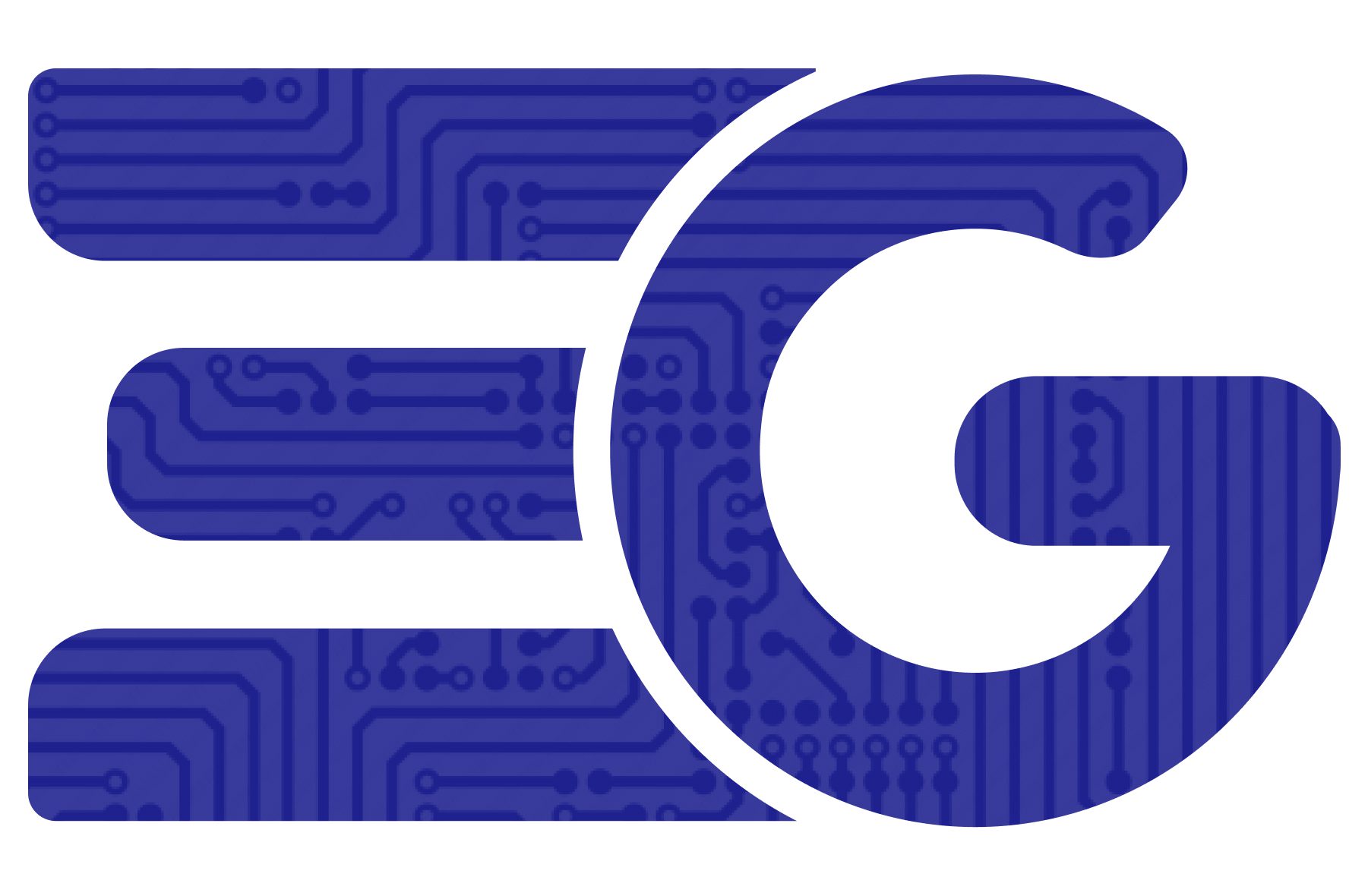
 EGPT
EGPT
